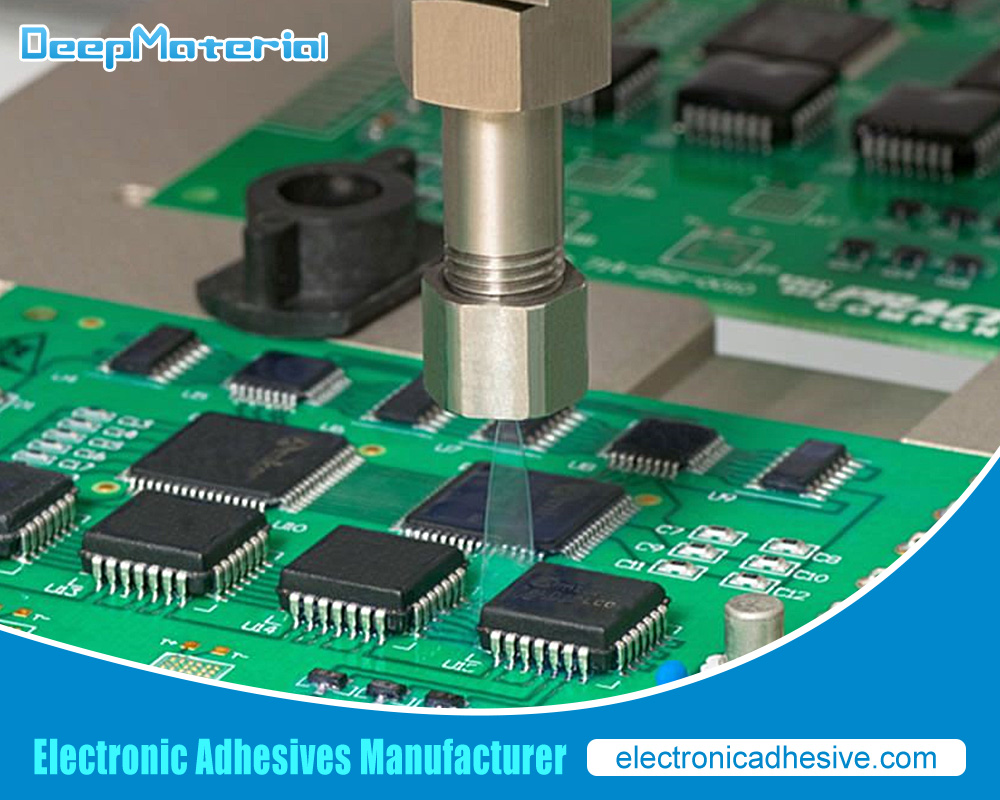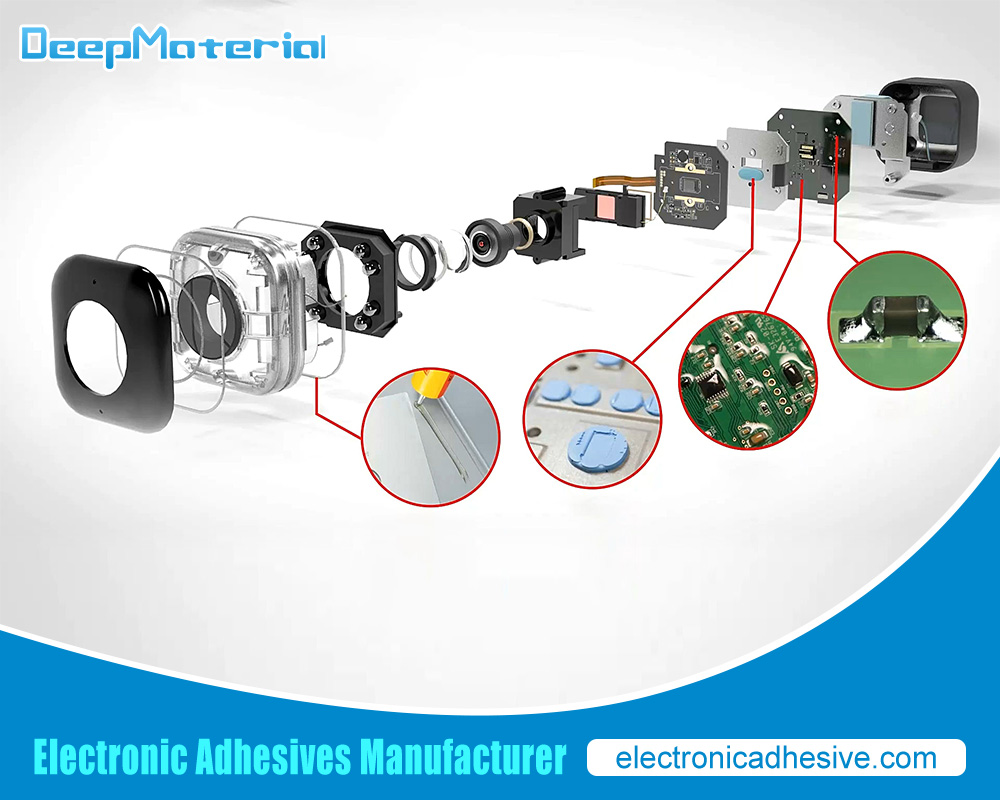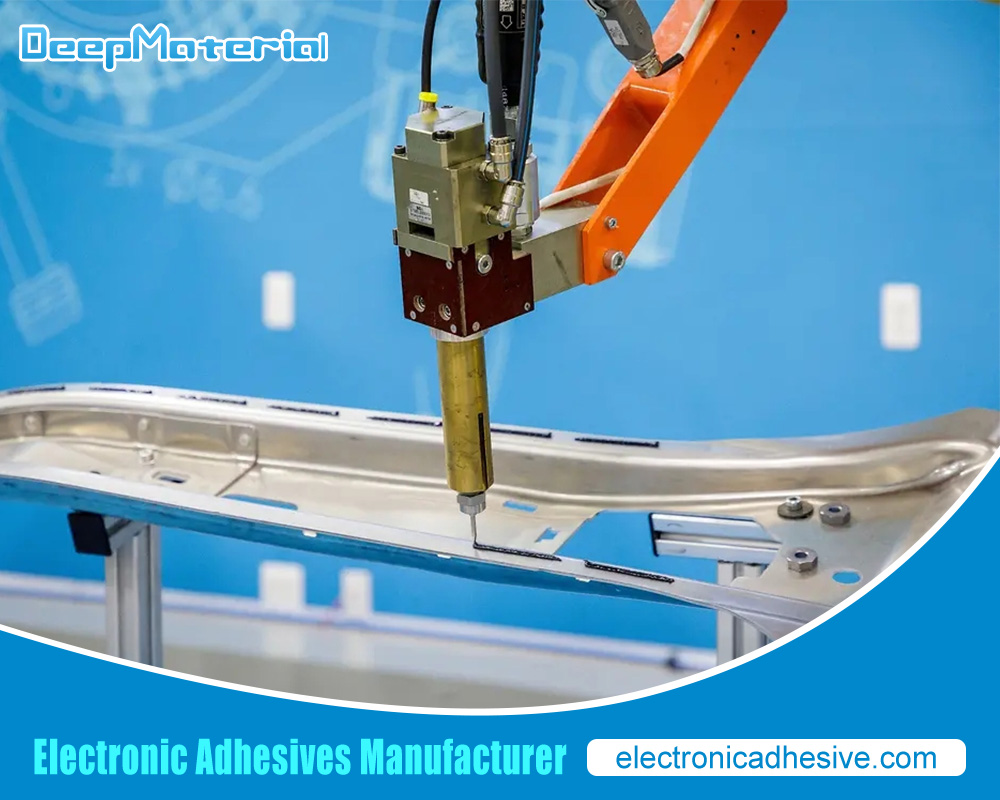Microencapsulated Self-Activating Fire Extinguishing Gel: An Advanced Solution for Fire Safety
Microencapsulated Self-Activating Fire Extinguishing Gel: An Advanced Solution for Fire Safety
Fire safety is a critical concern across various sectors, from residential buildings to industrial facilities and transportation systems to electronic devices. Traditional fire extinguishing methods, such as water sprinklers, foam, and chemical agents, have been effective but come with limitations, especially in environments where water damage or chemical exposure must be minimized. Enter the microencapsulated self-activating fire extinguishing gel—a cutting-edge innovation designed to address these limitations and offer a more versatile, efficient, and safer fire suppression solution.
1. Understanding Microencapsulation Technology
1.1 What is Microencapsulation?
Microencapsulation is where active agents, such as fire extinguishing chemicals, are encapsulated within a protective coating or shell. These microcapsules can be engineered to release their contents under specific conditions, such as exposure to heat, pressure, or chemical triggers. This technology has been widely used in pharmaceuticals, food science, and cosmetics, but its application in fire safety is relatively new and revolutionary.
1.2 How Does Microencapsulation Work in Fire-Extinguishing Gels?
In the context of fire safety, microencapsulated fire extinguishing gels are composed of tiny capsules filled with a fire retardant or extinguishing agent. These capsules are suspended in a gel matrix, which can be applied to surfaces or integrated into materials. Upon exposure to high temperatures—typically during the early stages of a fire—the microcapsules break open, releasing the fire extinguishing agent directly onto the flames or heated surface, thereby suppressing the fire at its source.
2. The Science Behind Self-Activation
2.1 Triggering Mechanism
One of these gels’ most significant advantages is their self-activating feature. The microcapsules are designed to rupture when they reach a specific temperature threshold, usually around the ignition point of everyday materials. This ensures that the fire extinguishing agent is deployed precisely when and where needed, without manual activation or external sensors.
2.2 Chemical Composition of the Fire-Extinguishing Agent
The fire-extinguishing agents used in these gels can vary, but they typically contain substances like water, aqueous film-forming foam (AF), or other fire-suppressant chemicals. These agents work by cooling the fire, displacing oxygen, or interrupting the chemical reactions that sustain combustion. The gel matrix itself may also enhance the effectiveness of the extinguishing agent, for example, by forming a barrier that prevents re-ignition.
2.3 Thermal Sensitivity and Precision
The precision of the self-activation Mechanism is a crucial feature of microencapsulated fire-extinguishing gels. The thermal sensitivity of the microcapsules can be finely tuned during the manufacturing process, allowing the gel to be customized for different applications. For instance, a gel intended for electrical components might be designed to activate at a lower temperature than one used in industrial machinery, where higher operational temperatures are expected.

3. Applications Across Industries
3.1 Residential and Commercial Buildings
As a preventative measure, microencapsulated fire extinguishing gels can be applied to walls, ceilings, and other surfaces in residential and commercial buildings. They provide an additional layer of fire protection that activates automatically in the event of a fire, potentially stopping the spread of flames before they can cause significant damage. This is particularly useful in areas where traditional fire suppression systems might be inadequate, such as in historic buildings where water damage from sprinklers could be catastrophic.
3.2 Industrial Applications
Industrial settings, particularly those involving flammable materials or high-risk processes, stand to benefit significantly from this technology. Microencapsulated gels can be applied to machinery, storage tanks, and pipelines, offering a passive fire suppression system that activates only when needed. This reduces the risk of false alarms or unnecessary deployment of extinguishing agents, which can disrupt operations and lead to costly downtime.
3.3 Transportation and Automotive Sectors
Fire safety is paramount in the transportation industry, particularly in aviation and automotive sectors. Microencapsulated fire extinguishing gels can be integrated into vehicle components, providing on-the-spot fire suppression in case of an accident or equipment failure. For example, the gel can be used in engine compartments or fuel storage areas, where it can quickly suppress fires before they spread to other parts of the vehicle.
3.4 Electronics and Data Centers
Electronic devices and data centers are particularly vulnerable to fires caused by electrical faults or overheating. Traditional fire suppression methods, such as water or foam, can cause significant damage to sensitive equipment. Microencapsulated fire extinguishing gels offer a non-invasive solution that can be applied to circuit boards, server racks, and other critical components. Upon detecting excessive heat, the gel releases its extinguishing agent, preventing damage to the electronics while extinguishing the fire.
4. Advantages Of Traditional Fire Suppression Methods
4.1 Minimizing Collateral Damage
One of the most significant advantages of microencapsulated fire extinguishing gels is their ability to minimize collateral damage. Unlike water-based systems, which can cause extensive water damage or chemical suppressants that may leave toxic residues, these gels are designed to release only the necessary amount of extinguishing agent precisely where needed. This targeted approach reduces the risk of damage to property and equipment.
4.2 Passive and Reliable Fire Protection
The passive nature of microencapsulated fire extinguishing gels means they require no power supply, sensors, or human intervention to activate. This makes them highly reliable, particularly when power failures or human error could compromise other fire suppression systems. The gels are always “on,” ready to respond immediately in the event of a fire.
4.3 Environmental Considerations
Traditional fire suppression agents, particularly certain foams and chemicals, can negatively impact environmental. Depending on their formulation, microencapsulated fire extinguishing gels can be designed to be more environmentally friendly. For example, water-based gels with biodegradable microcapsules can reduce the environmental footprint of fire suppression efforts.
4.4 Cost-Effectiveness
While the initial cost of microencapsulated fire extinguishing gels may be higher than some traditional methods, their long-term cost-effectiveness is notable. The reduction in collateral damage, combined with the system’s passive, low-maintenance nature, can result in significant savings over time. Furthermore, the customization options available with these gels mean that they can be tailored to an application’s specific needs, optimizing both performance and cost.
5. Challenges and Considerations
5.1 Manufacturing and Deployment
The production of microencapsulated fire extinguishing gels involves sophisticated manufacturing processes, which can drive up costs. The precision required in microencapsulation and the need for consistent quality control means these gels are currently more expensive than traditional fire suppression agents. However, as the technology matures and economies of scale are realized, costs are expected to decrease.
5.2 Regulatory and Safety Standards
As with any new fire safety technology, microencapsulated fire extinguishing gels must meet stringent regulatory and safety standards before being widely adopted. This includes demonstrating their effectiveness in real-world fire scenarios and ensuring they do not pose any additional risks, such as toxicity or environmental harm. Ongoing research and development are focused on refining these gels to meet or exceed all relevant standards.
5.3 Compatibility with Existing Fire Safety Systems
Integrating microencapsulated fire extinguishing gels into existing fire safety systems can present challenges, particularly in retrofitting older buildings or facilities. Consider how these gels will interact with other fire suppression methods, such as sprinklers or chemical agents, must be considered. In some cases, hybrid systems may be developed that combine the benefits of traditional techniques with the advantages of microencapsulated gels.
5.4 Durability and Shelf Life
Microencapsulated fire extinguishing gels’ long-term durability and shelf life are critical factors in their effectiveness. The microcapsules must remain intact and responsive over potentially long periods without degrading or losing their ability to activate in response to heat. Research is ongoing to ensure that these gels maintain their integrity and functionality over the long term, even in challenging environments.
6. Future Prospects and Innovations
6.1 Advancements in Microencapsulation Techniques
Microencapsulation is rapidly evolving, with ongoing advancements that are likely to enhance the performance and applicability of fire extinguishing gels. New materials for the microcapsules, improved gel formulations, and more precise triggering mechanisms are all active research areas. These innovations could lead to more efficient, responsive, cost-effective fire suppression solutions.
6.2 Integration with Smart Building Systems
As intelligent building technologies become more prevalent, there is potential for microencapsulated fire extinguishing gels to be integrated into these systems. Sensors could monitor temperature and environmental conditions, providing data that could be used to optimize the performance of the gels. This could lead to even greater precision in fire suppression and improved safety and efficiency.
6.3 Expansion into New Markets
While microencapsulated fire extinguishing gels are currently being explored in high-risk industries and specialized applications, there is significant potential for expansion into new markets. This could include residential use, where the gels provide an additional layer of fire protection in homes, or in consumer electronics, where they could be used to protect devices from fire-related damage.
6.4 Collaboration and Industry Adoption
The widespread adoption of microencapsulated fire extinguishing gels will likely require collaboration between manufacturers, industry stakeholders, and regulatory bodies. This collaboration will be essential in developing standards, testing, and ensuring that the gels can be effectively integrated into existing fire safety protocols. As awareness of the technology grows, it is expected that more industries will begin to explore its potential benefits.

Conclusion
Microencapsulated self-activating fire extinguishing gels represent a significant advancement in fire safety technology. Their ability to provide passive, reliable, and targeted fire suppression offers a promising solution for various applications, from industrial settings to residential buildings. While challenges remain in terms of cost, regulation, and integration, the future of this technology looks bright. As research and development continue, microencapsulated fire extinguishing gels are poised to play a crucial role in enhancing fire safety and protecting lives and property across the globe.
For more about choosing the Top Microencapsulated Self-Activating Fire Extinguishing Gel: An Advanced Solution for Fire Safety, you can pay a visit to DeepMaterial at https://www.electronicadhesive.com/ for more info.











